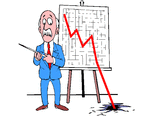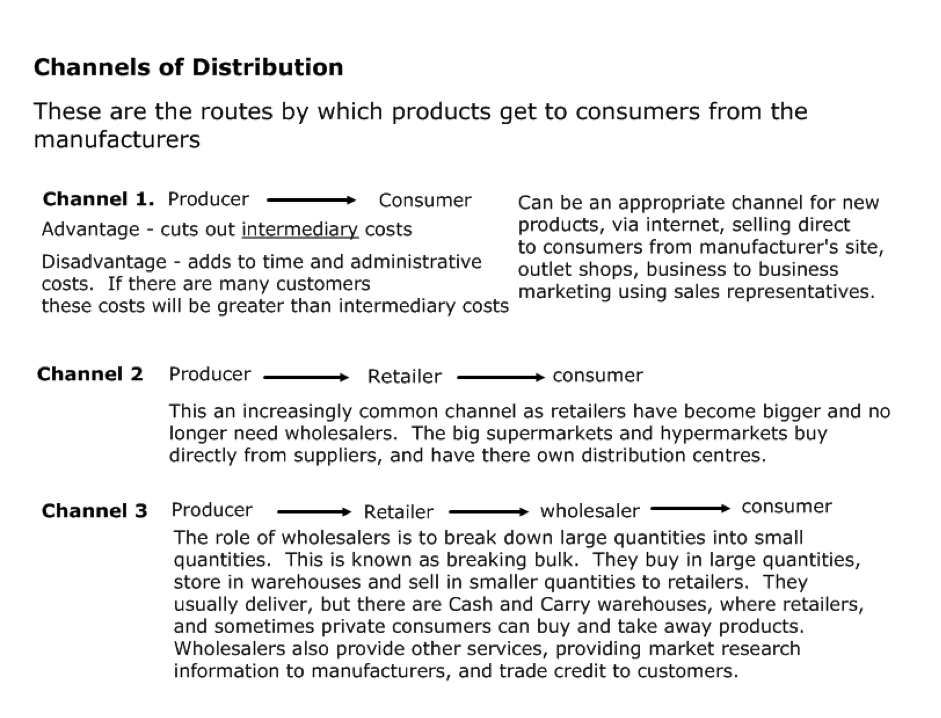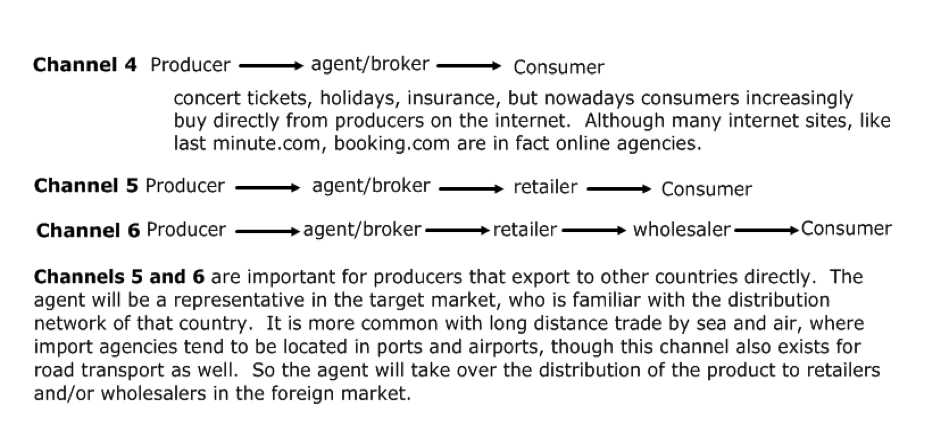4.6 Place
What we will study?

By the end of this unit you should be able to:
- Discuss different distribution channels
- Assess the appropriateness of a particular distribution channel in a given marketing mix
- Evaluate the effectiveness of different distribution channels
- Examine how organisations can increase the efficiency of the supply chain
Place refers to the distribution of products.Place decisions are concerned with how products should pass from manufacturer to the final customer. In this unit we are going to look at the different methods of distribution (channels of distribution). The place decision also addresses the geographical distribution (local, national or international) of products. The choice distribution channel is important for several reasons:
- The consumer may need access to a firms product to allow them to try it out before you buy it, or make purchasing easy, or to allow for the return of goods.
- The manufacturers need outlets for the products they make that will provide them with a large market coverage. In addition, the manufacturing would like an outlet that will appropriately promote the desired image of their product.
- Retailers (e.g. shops) are firms that sell goods to the final consumer. They purchase the product from the manufacturer and then mark up the price so as to make a profit.
Why is 'Place' so important in the marketing mix?
Place is basically a distribution strategy that determines how a business is going to get its product or service to its potential customers. Lets take apart this quote regarding place from the Chartered Institute of Management,
"Getting the right product, to the right customers, at the right price in the right place and at the right time."
If Tower Records opens a superstore in Nagnuma (ask Mr. Mitchell) the company has made a mistake as its target customers do not live (or visit) that area, the price is too expensive (commute + purchase) and it takes a lot longer than simply downloading music from iTunes.
"Getting the right product, to the right customers, at the right price in the right place and at the right time."
If Tower Records opens a superstore in Nagnuma (ask Mr. Mitchell) the company has made a mistake as its target customers do not live (or visit) that area, the price is too expensive (commute + purchase) and it takes a lot longer than simply downloading music from iTunes.
How has the internet affected 'Place'?
|
|
|
As you can see there are several different channels of distribution are available for firms to use. The three you need to know for the IB Business and Management course are:
- Direct selling to consumer
- Single-intermediary channel
- Two intermediaries channel
Textbook review

In an extended response, identify four major distribution channels and outline one advantage and one disadvantage of each strategy. (p220)
(8 marks)
(8 marks)


